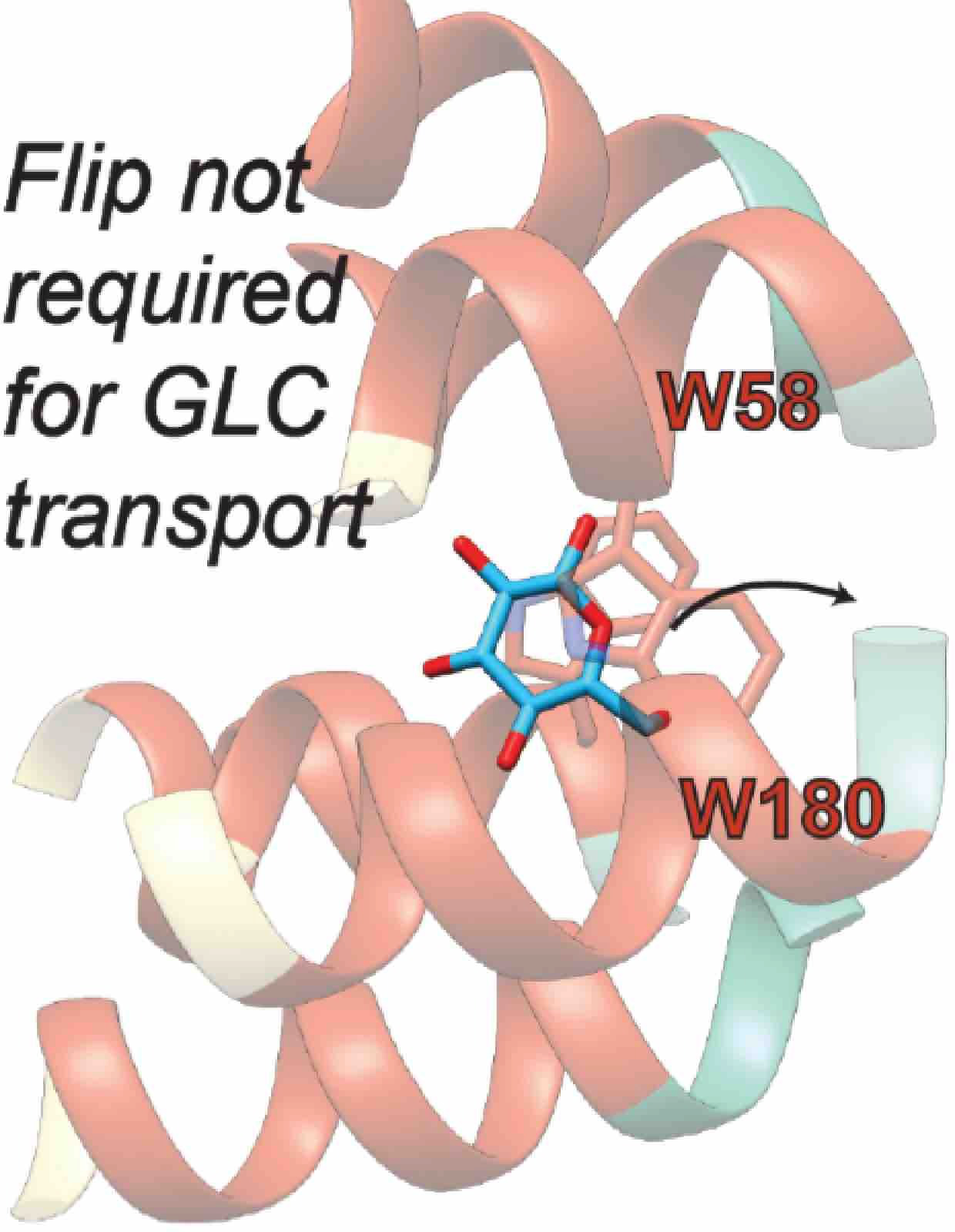AtSWEET13 transporter discriminates sugars by selective facial and positional substrate recognition

BibTeX
Transporters are targeted by endogenous metabolites and exogenous molecules to reach cellular destinations, but it is generally not understood how different substrate classes exploit the same transporter’s mechanism. Any disclosure of plasticity in transporter mechanism when treated with different substrates becomes critical for developing general selectivity principles in membrane transport catalysis. Using extensive molecular dynamics simulations with an enhanced sampling approach, we select the Arabidopsis sugar transporter AtSWEET13 as a model system to identify the basis for glucose versus sucrose molecular recognition and transport. We find that AtSWEET13 chemical selectivity originates from a conserved substrate facial selectivity demonstrated when committing alternate access, despite mono-/di-saccharides experiencing differing degrees of conformational and positional freedom throughout other stages of transport. In summary, our results point to a potentially generalizable finding that selectivity in transporters emerges from molecular recognition events occurring within regions distal from any conserved (non)functional binding sites.

